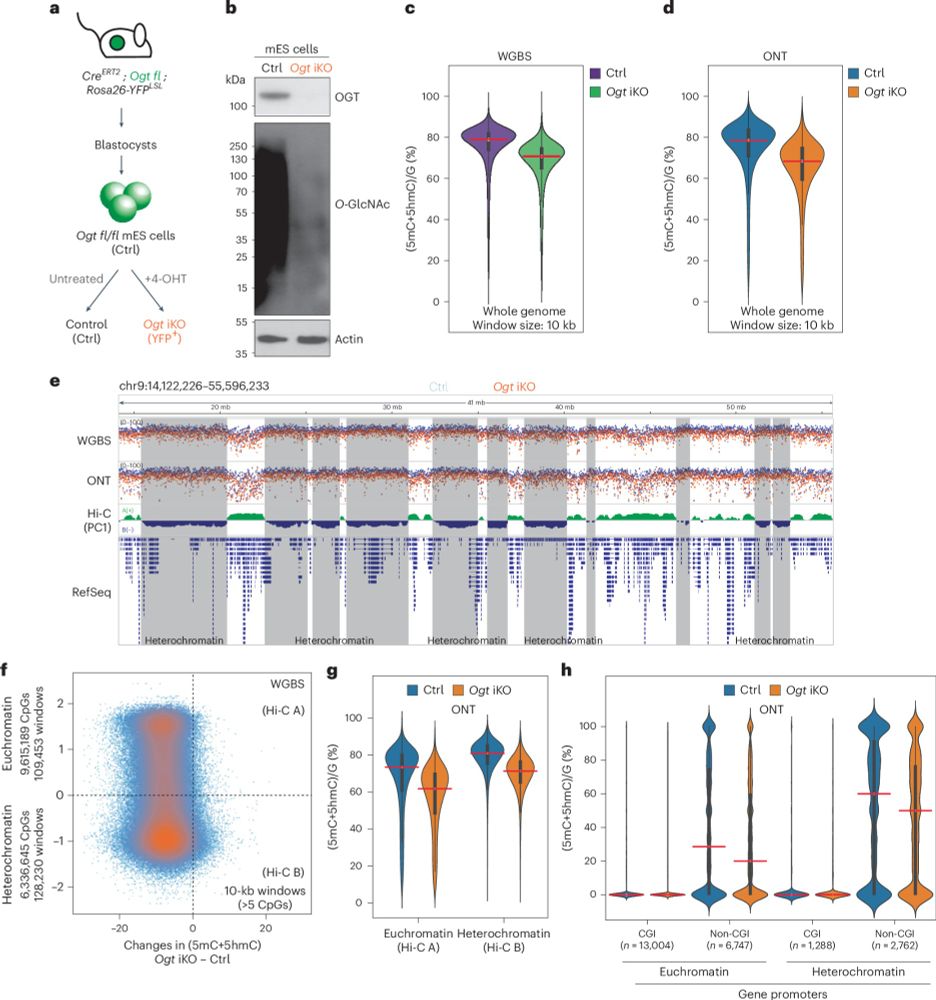
Postdoc: MPIB, IMBA
Ph.D: Waseda Univ.
Google Scholar: https://scholar.google.com/citations?hl=ja&user=tw4M2dgAAAAJ

journals.biologists.com/dev/article/...
journals.biologists.com/dev/article/...

journals.biologists.com/dev/article/...
In this study, we developed an open chromatin-guided, interpretable machine learning pipeline to uncover cancer-specific nucleosomal fragment patterns directly from cell-free DNA.
📄 Published article: doi.org/10.1038/s420...


link.springer.com/protocol/10....

link.springer.com/protocol/10....
rdcu.be/efuho

rdcu.be/efuho
www.biorxiv.org/content/10.1...
www.biorxiv.org/content/10.1...

